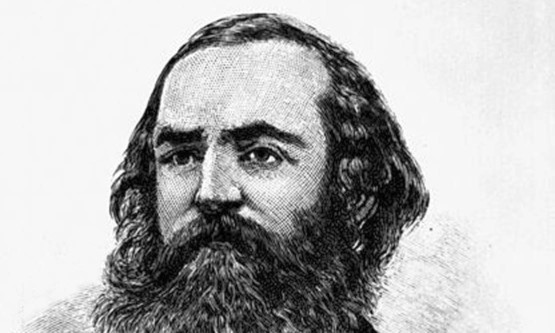The hunt is on for descendants of a “forgotten” Scottish explorer who became the first man to walk from the south to the north across Australia.
Dysart man John McDouall Stuart, born in 1815, is a hero Down Under after leading the first successful expedition to carry out the feat and map the internal lands of the country in 1862.
Closer to home, Fife Historic Buildings Trust is searching for relatives of the explorer, who is not particularly well known here, despite being a local man.
The trust has been working on transforming his birthplace a house on the corner of Fitzroy Place and Rectory Lane, Dysart into a modern holiday home and would love his relatives to attend its opening.
Stuart was born in the house on September 7 1815. Both his parents died during his teens.
He moved Down Under when he was 23 after graduating from the Scottish Naval and Military Academy as a civil engineer. He went on to secure a job as a surveyor, where he was noted for his extraordinary accuracy.
It took Stuart five years and six attempts to cross the centre of Australia on horseback between 1858 and 1862. Along with nine other explorers and 71 horses Stuart finally succeeded in crossing from south to north on his final attempt.
The 3,000km journey started on October 23 1861 from North Adelaide and ended on July 24 1862 just east of Chambers Bay (present-day Darwin) in the Northern Territories.
However, the trip left him with health problems and when he returned to the UK he died in London in 1866 aged 50.
Despite his obscurity in Scotland, Stuart is celebrated in Australia as their “greatest inland explorer”.
In March 2010, the Alice Springs Freemasons commissioned a four-metre high statue of Stuart to mark the 150th anniversary of his fourth expedition, where he reached the town.
Anyone with information about descendants is asked to visit www.fifehistoricbuildings.org.uk, email fife.hbt@btconnect.com or phone 01592 890060.
